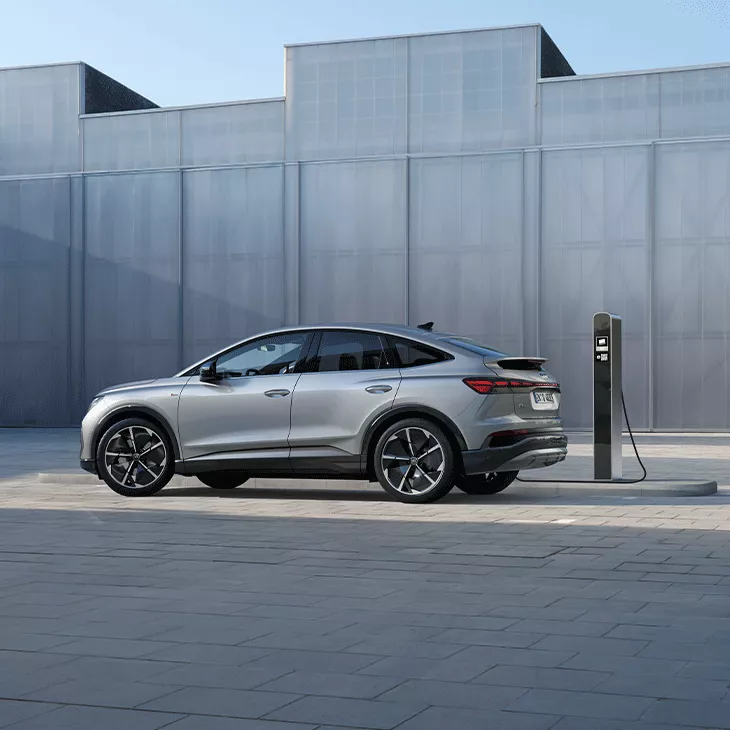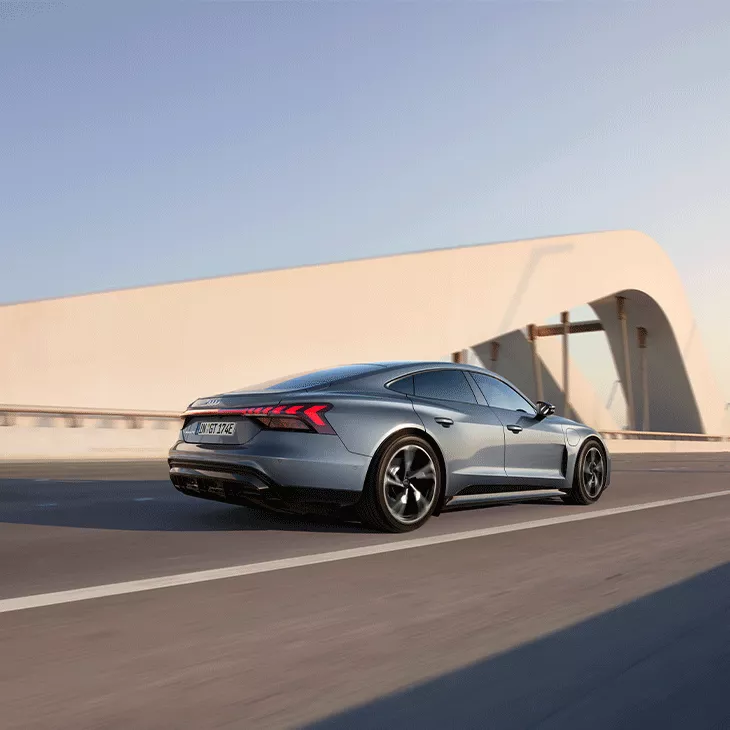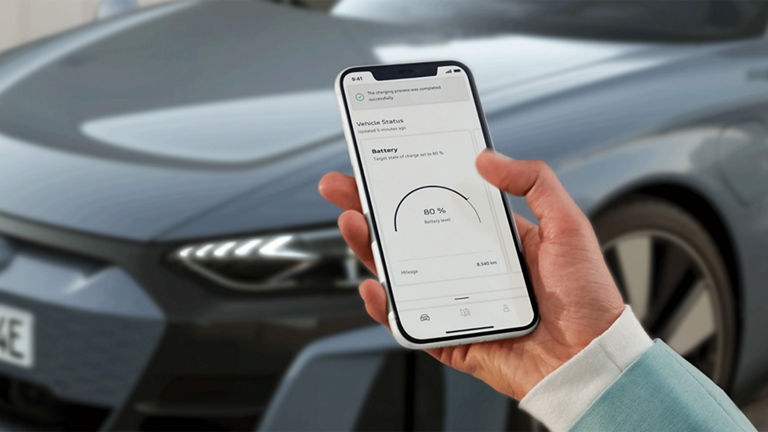The WLTP test cycle became mandatory in September 2017 for all new car models sold in the European Union, and for all cars sold there since September 2018. This test method is also used in Australia. As a legal requirement the data supplied is representative of a basic specification level vehicle. Any options added to the vehicle will impact fuel consumption and emissions. During the test, the vehicle is loaded with a specific percentage of the payload (15% for passenger cars; 28% for light commercials), and the air conditioning and other auxiliary systems are turned off. The test cycle lasts about 30 minutes and covers a distance of approximately 23.3 km.





